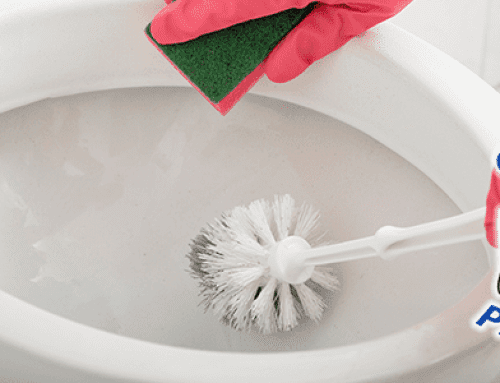In today’s culture of quick fixes and household “hacks” to make life easier, there are many plumbing myths that revolve around the pipes in your home. While the intentions are good, the results are less than stellar. We appreciate the desire to save money or waste less water, but these plumbing myths are doing more harm then good.
-
Pour grease down the drain while it is still hot to prevent clogs.
While it is true that hot grease is very fluid and seems like it will flow through your pipes with ease, hot grease does not stay hot forever. If you pour hot grease down the drain, it will quickly cool and become sticky and more plasma than liquid. Anything you pour into the drain after it will get stuck in it and very soon you will have a nasty, stinky clog on your hands. You are better off using an empty jar or jug to pour your grease in before throwing it in the garbage.
-
Lemon peels will make your drain smell fresh.
The smell of lemon is bright and refreshing. There is a reason it is one of the most common smells in the world of cleaning products. But lemon peels can be a problem if you try to force them down your drains. Most pipes are not equipped to handle large debris like that, so the lemon peels will get stuck, cause a clog, and begin to decay as they sit stuck in your pipes. That lemon-fresh scent will be quickly overpowered by the smell of rotten food. So do not put lemon peels in your drain unless you have a high-powered garbage disposal to break it down. Instead, use vinegar and baking soda to help refresh a stinky drain.
-
Put a brick in the toilet tank to save water.
The idea here is simple: placing a brick in the tank of your toilet will displace some of the water meaning that there is less water to refill. In theory, this works and is based on real science. In practice, however, this is the biggest of the plumbing myths that can be a nightmare for your plumbing. The trouble is that a brick that is constantly exposed to water will quickly begin to break down and erode. The particles of brick dust and mortar then get into your plumbing. They then wreak havoc on your pipes and toilet bowl.
Depending on the severity of the damage, this could cause some very costly repairs if you try it. You are better off replacing the inner workings of your toilet for a low-flow variety. This is an easy DIY, and the parts are readily available at your local hardware store for under $30. There are also plenty of videos online that will show you step-by-step how to get it done.
-
Use a plunger to clear a sink clog.
This one is relatively ok, but there are some stipulations that we need to make very clear. If you have first tried to use a chemical drain cleaner in your sink, do not follow that up by using a plunger. The large amount of suction created by the plunger can cause the water and cleaner to splash back up at you. This can lead to some pretty severe chemical burns or worse if it gets into your eyes. We cannot stress enough that you should not do this. If you have used chemical drain cleaners and have not been able to clear the clog, call a plumber and have them fix the issue. Just be sure to let them know what cleaning products you have already tried.




